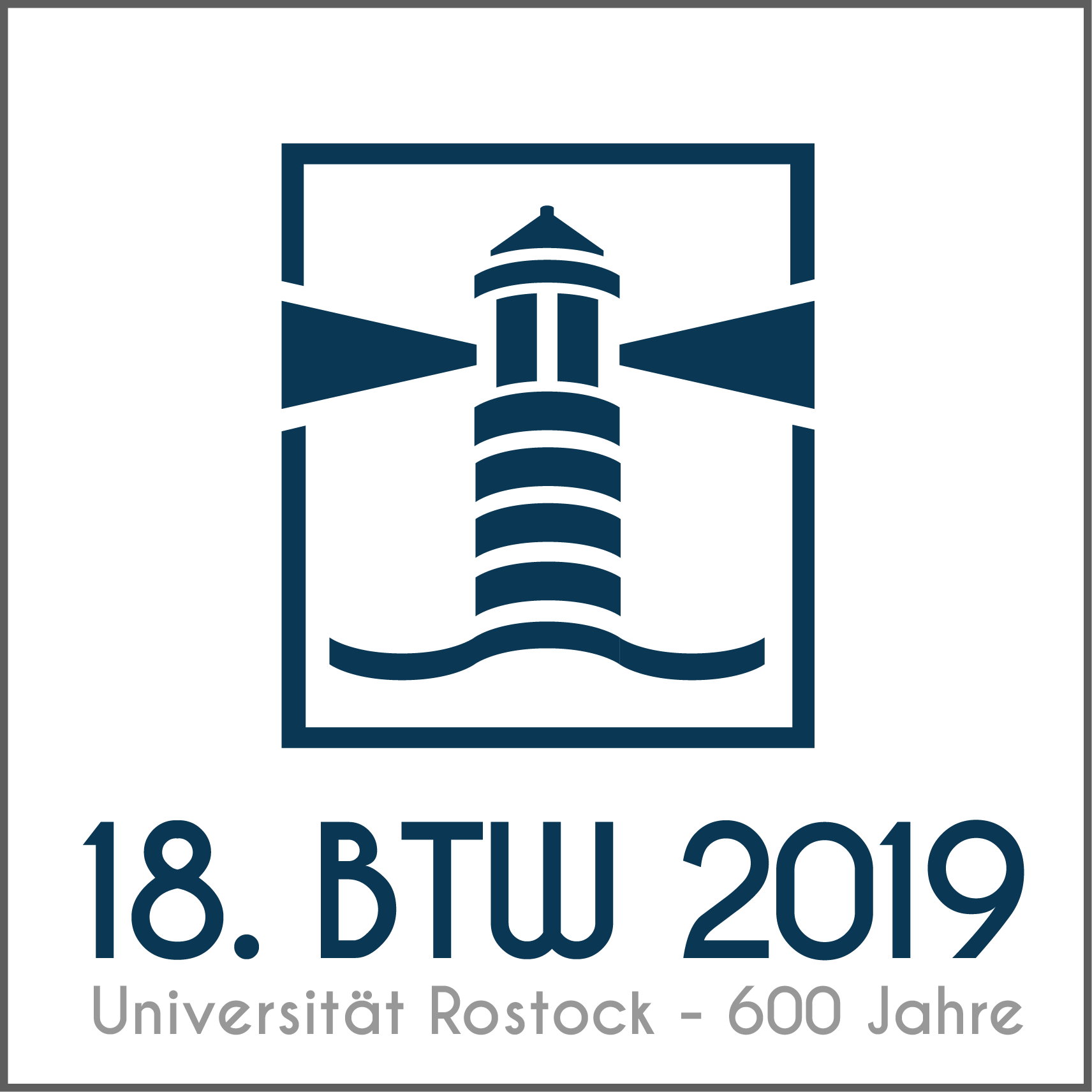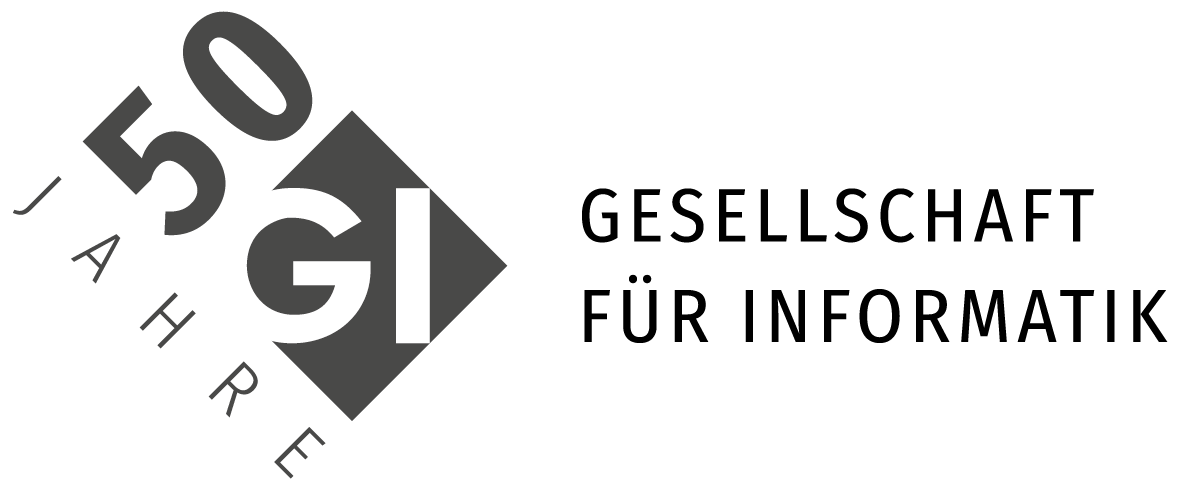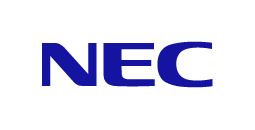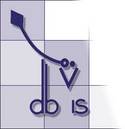Particulate matter alert!
Analyze the particulate pollution of your university city with your own approach
As part of the Data Science Challenge, you have the opportunity to develop your own approach to cloud-based data analysis and compete against other participants in direct comparison. At the BTW 2019 in Rostock you will present your results which will be judged by a jury consisting of representatives of research and industry. The first to third place will be rewarded with a prize money.
Actions
At the same time as this call, sample data sources as well as matching sample tasks will be announced. Use these data sources and tasks to develop your concept and to develop a first prototype. Then apply for a two-sided description of your concept by the date below. Following the announcement of the approved participants, the data sources and tasks to be used for the challenge will be announced one month before the BTW 2019. These are chosen so that you can continue to use the essential aspects of your concept; however, within a month, your concept needs to be adapted to the new data to accomplish the task. It is therefore advantageous to develop an approach that is as adaptive as possible.
As part of the challenge, the new data sources must be integrated and analyzed. The result of the analysis can optionally be visualized or output in purely textual form, for example as a recommendation for action. Participants have free choice in terms of the cloud services and cloud technologies used. Their approach can integrate available services and tools or develop new ones.
The Data Science Challenge is aimed at doctoral students as well as students from higher semesters. Participation is possible as an individual or as a team. Participation in the Data Science Challenge requires that at least one person per team be registered with the BTW to present the results on the ground. For students, registering with the Data Science Challenge is free of charge.
Procedure
- 26.10.2018: Publishing of the preliminary data sets and tasks.
- Afterwards, applications are open. Submit a two-paged proposal explaining your approach and used technologies. State your relevant prior experience in the field.
- 30.11.2018 21.12.2019: Applications are closed.
- 10.01.2019: Notification of accepted proposals.
- 05.02.2017: Publishing of the final data sets and challenge task. From now on you have one month to adapt, modify, and finalize your approach.
- 05.03.2017: Presentation of the results at BTW 2019 in Rostock.
- 06.03.2017: Ranking of the contributions and awarding of the winners.
- 11.03.2017: All participants receive an invitation to submit a scientific article discussing their approach.
Accepted contributions
- Georges Alkhouri (ScaDS Leipzig), Moritz Wilke (ScaDS Leipzig):
Deep Learning zur Vorhersage von Feinstaubbelastung - Christian Schmitz (Uni Stuttgart), Dhiren Devinder Serai (Uni Stuttgart), Tatiane Escobar Gava (Uni Stuttgart):
Prediction of air pollution with machine learning - Stefan Hagedorn, Kai-Uwe Sattler (TU Ilmenau):
Peaks and the Influence of Wheather, Traffic, and Events on Particulate Pollution - Mahdi Esmailoghli (TU Berlin), Sergey Redyuk (TU Berlin), Ricardo Martinez (DFKI), Ziawasch Abedjan (TU Berlin, DFKI), Tilmann Rabl (TU Berlin, DFKI), Volker Markl (TU Berlin, DFKI):
Explanation of Air Pollution Using External Data Sources - Lucas Woltmann (TU Dresden), Claudio Hartmann (TU Dresden), Wolfgang Lehner (TU Dresden):
Assessing the Impact of Driving Bans with Data Analysis
Final task
For your analyzes, choose an urban area or a city that is affected by driving bans and has a sufficient density of sensors (e.g. Stuttgart, Hamburg, Ruhrgebiet). First, make sure that you only use trusted sensors that do not give erroneous readings and that have only a few dropouts in the records. Intersect the data from luftdaten.info with other data from the German Weather Service or the German Aerospace Center.
Optional: Have a look at the documentation "The Diesel Disaster". In the film, various issues are raised, such as
How has traffic volume changed in cities with driving bans?
Is there a correlation between life expectancy and particulate matter pollution? Are the previous studies from the Helmholtz Institute confirmable?
What other factors, apart from traffic, play a role with regard to particulate matter pollution? Find public events that lead to a short-term increase in particulate matter pollution.
How can a more uniform nationwide picture of particulate matter pollution be created by the integration of several measurement data?
Create an analysis that answers a question of societal relevance.
Data sets
Primary record:
- lufdaten.info: https://archive.luftdaten.info/
The following data sources are optional:
- German Weather Service: ftp://ftp-cdc.dwd.de/pub/CDC/observations_germany/climate/
- Federal Environment Agency: https://www.umweltbundesamt.de/daten/luftbelastung/aktuelle-luftdaten#/stations?
- European Environmental Agency: http://discomap.eea.europa.eu/map/fme/AirQualityExport.htm or https://www.eea.europa.eu/data-and-maps/explore-interactive-maps/up-to-date-air-quality-data
Evaluation criteria
The evaluation and selection of winners includes the following criteria:
- Novelty and feasibility of the results, what is the potential for avoiding fine dust?
- Completeness / Scope of the results
- Social relevance
- Data visualization
- Live presentation on 5th March 2019 at the BTW
Application task
Sample data and sample tasks
Use the following data sources and sample tasks to design and promote your approach. The data sources and sample task for the Data Science Challenge will be announced approximately one month before the BTW 2019. During this period you have the opportunity to adapt your chosen approach to the new task and to solve it. The sample data and sample tasks were chosen so that you can continue to use the essential aspects of your approach.
Sample data:
- luftdaten.info: https://archive.luftdaten.info/
- The data to be analyzed are also available in the IBM Cloud as an IBM Watson Studio notebook here.
- The data to be analyzed are also available in the IBM Cloud as an IBM Watson Studio notebook here.
- Limit yourself to the data from your university city or the surrounding area.
Sample Tasks:
- Clean up the data or ensure data quality (Hint: The particulate matter sensor does not provide correct values under all environmental conditions).
- Find interesting facts and patterns. Visualize your results.
- Try to predict what the particulate matter pollution might look like in the near future.
- Discover possible larger, contiguous "no go" areas where particulate matter pollution is too high or will be too high in the future.
Proposal Submission
Submit a two-paged (not strict) proposal (in german or english) explaining your approach and used technologies. State your relevant prior experience in the field.
Use the LNI template for your proposal: See Contribution submission
The application is made via ConfTool: https://www.conftool.com/btw2019/ (Data Science Challenge Track). If you have any question, please contact This email address is being protected from spambots. You need JavaScript enabled to view it..
Good luck!











